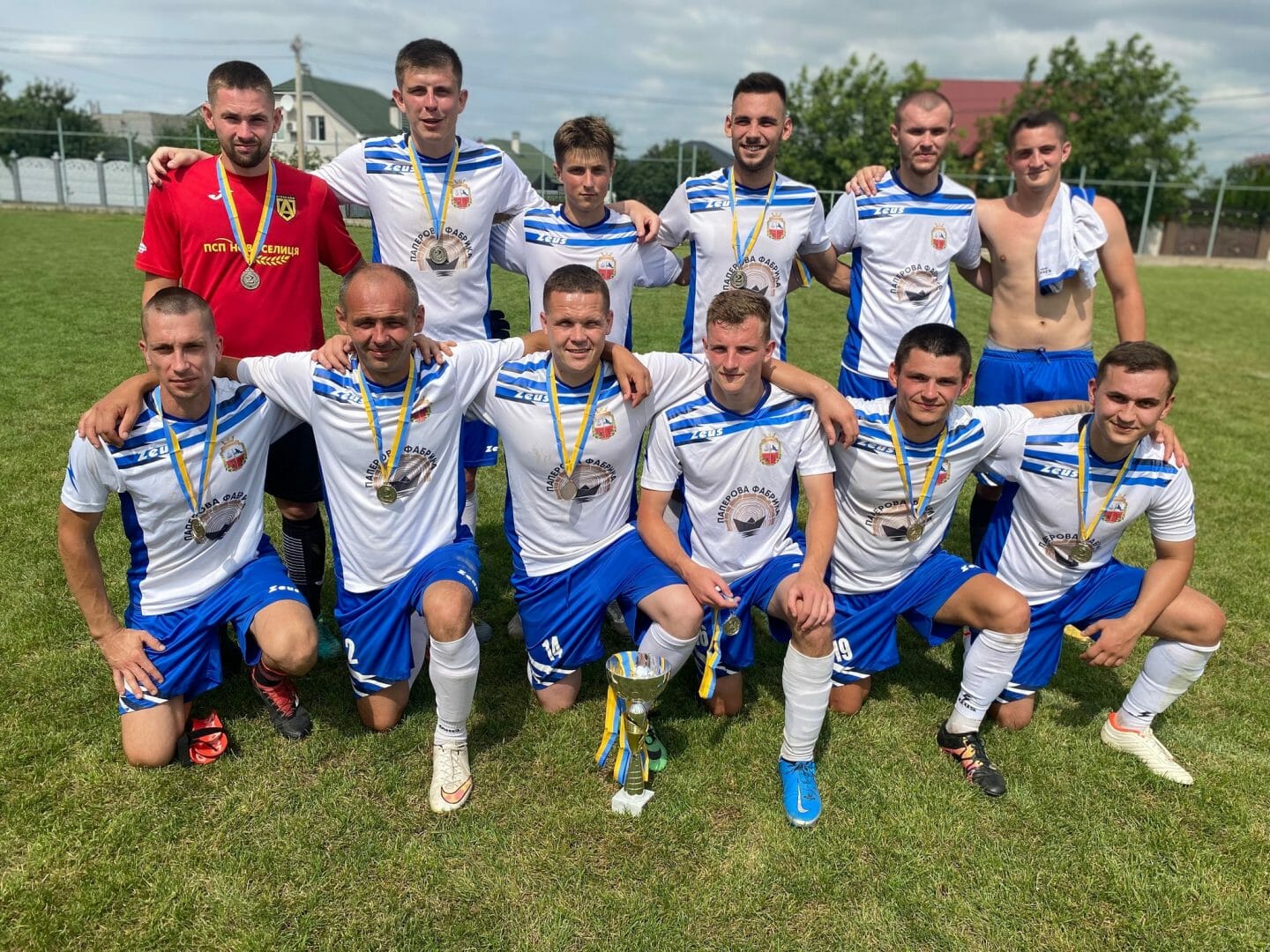This website uses cookies so that we can provide you with the best user experience possible. Cookie information is stored in your browser and performs functions such as recognising you when you return to our website and helping our team to understand which sections of the website you find most interesting and useful.
Stanyshivka
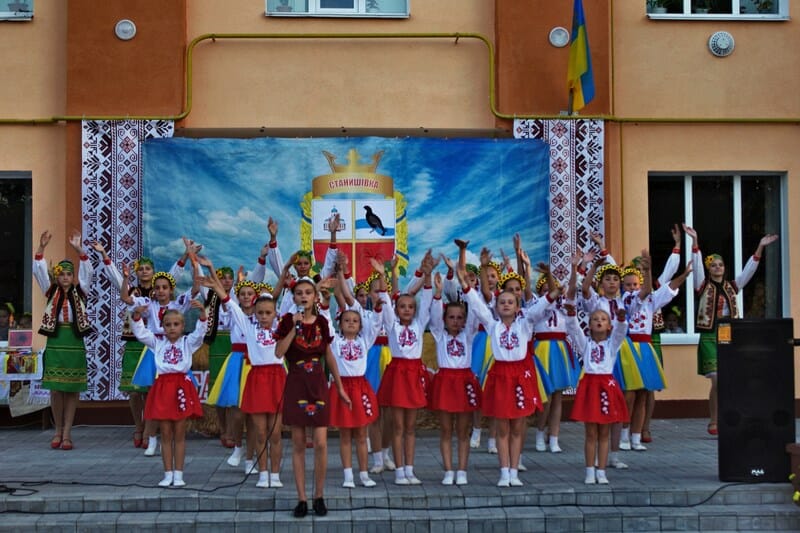
Population: 15,018
Women: 51.5% (7,731)
Men: 48.5% (7,287)
Children aged under 18: 2,978
Residents of retirement age: 3,207
People with disabilities: 884
History
Stanyshivka is located on the banks of the Teteriv River near Zhytomyr, and its history is closely related to this city.
The village has been known since 1616. In Ancient Zhytomyr, a popular scientific publication, the Stanyshivske settlement is mentioned as an archaeological monument, measuring 43 by 35 meters. To this day, a ploughed rampart has been preserved in this place. Also, on the territory of the settlement, ceramics of the 12th and 13th centuries were found.
The village, as well as the surrounding territories, have gone through all the stormy vicissitudes of Ukrainian history: rapid development during the rule of Kyivan Rus and its successors, decline due to the Mongol-Tatar invasion, conquest by the Lithuanian Principality, transition to the rule of the Kingdom of Poland. Stanyshivka was at the epicenter of the Cossack uprising of Bohdan Khmelnytskyi in 1648 – one of the battles of that war took place here, when the Ukrainian Cossacks captured Zhytomyr Castle.
In the town of Kodnya near Stanyshivka, a tragic event took place in 1768. After the defeat of another Cossack uprising led by Honta and Zalizniak, more than 300 rebels were executed here. Subsequently, this place was visited by the great Ukrainian poet Taras Shevchenko, who collected folk tales about the times of the uprising from local residents, searched for historical documents and used the collected information in his works later. So, the monument to Taras Hryhorovych was erected in the village of Kodnya.
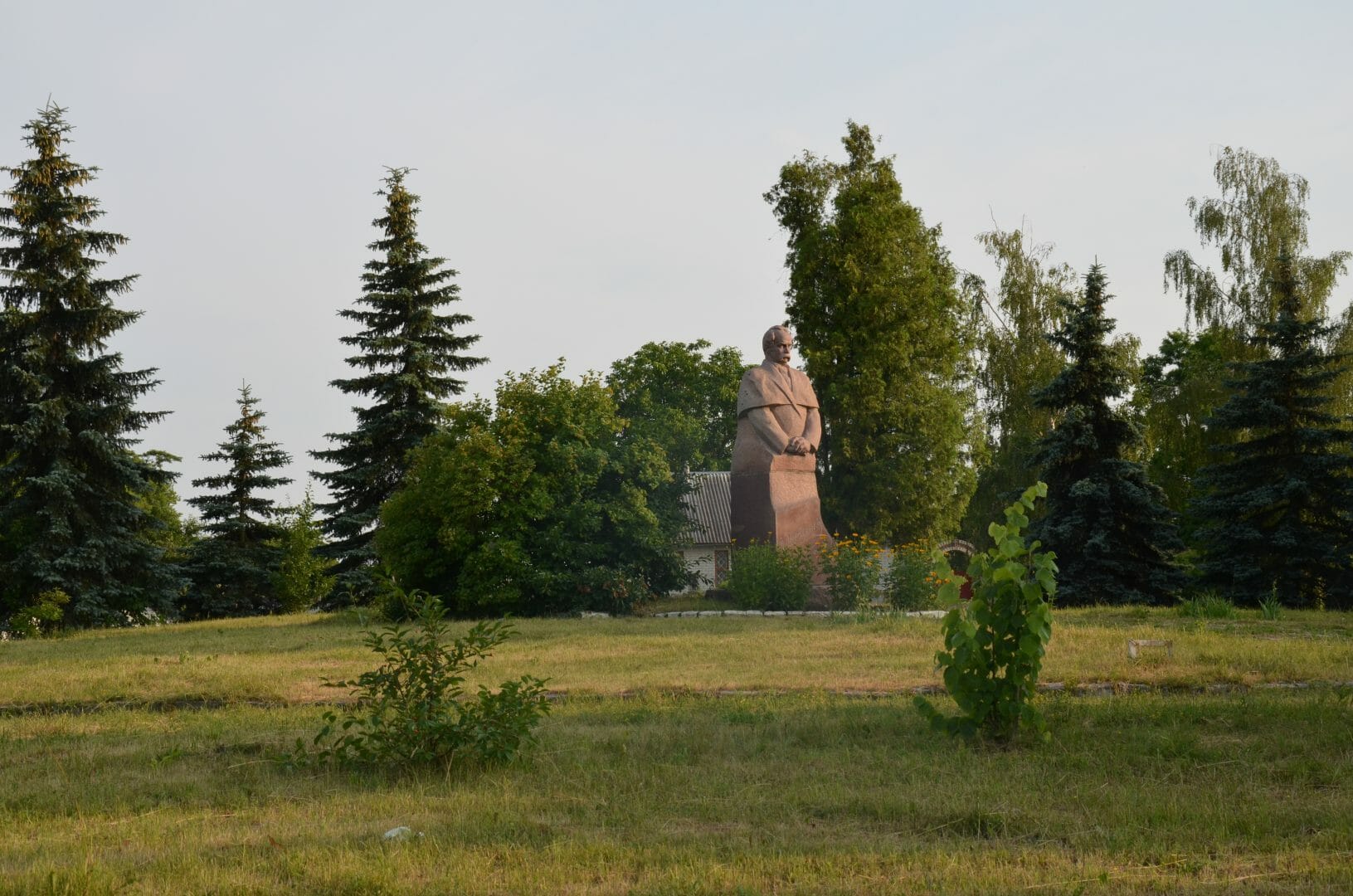
A commemorative sign was installed on the mass grave of the participants of the Haydamak uprising in Koliivshchyna and the names of the deceased were engraved.

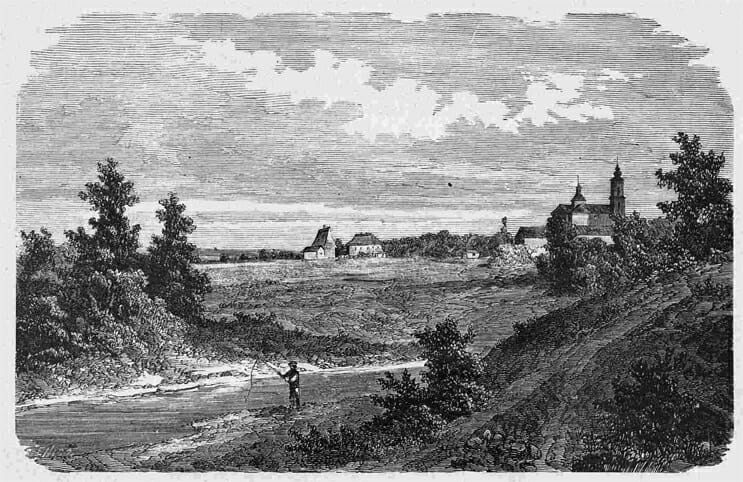
A mound on the grave of the executed rebels.
In the 18th century, Stanyshivka came under the rule of the Russian Empire, which lasted until the end of World War I.
In 1861, the Church of St. Nicholas was built in Stanyshivka.

In the village of Pisky, Stanyshivka community, you can find the ancient church of George the Victorious built at the beginning of the 20th century.
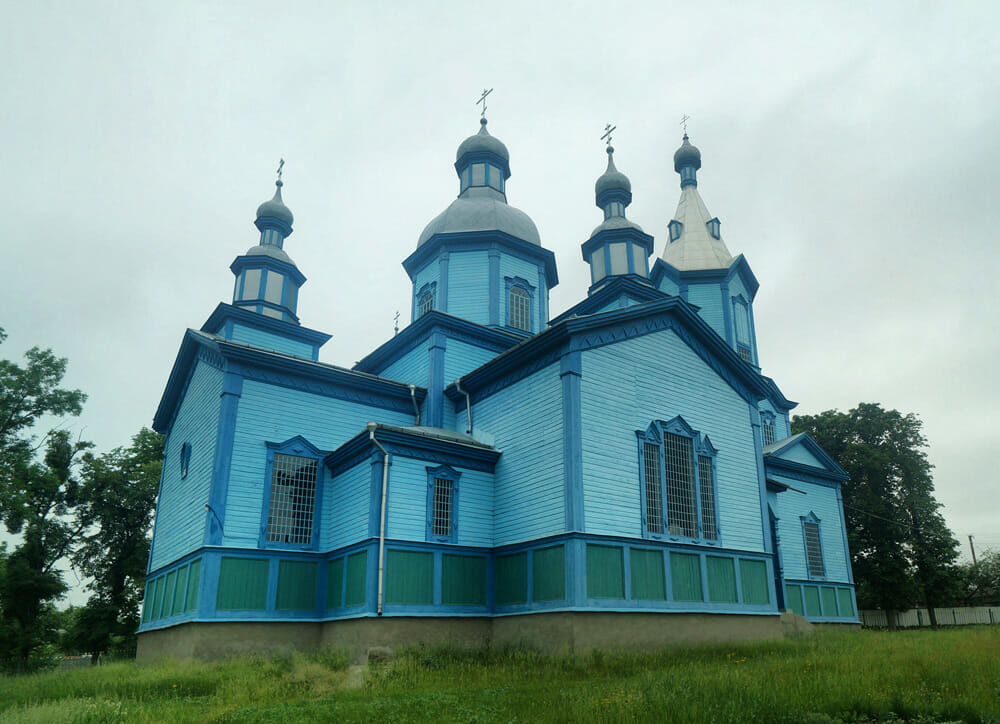
The surrounding territories suffered greatly in 1932-1933, when millions of peasants died on the territory of Ukraine as a result of a famine deliberately manufactured by the Soviet government.
There has been a large German military cemetery Hegewald since World War II near the village of Zarichany. The cemetery takes its name from the field headquarters of Reichsführer-SS Heinrich Himmler which were located nearby. The bunker headquarters, whose main part was located underground, were one of the three fortified headquarters of the German top leadership on the territory of occupied Ukraine. During the German occupation, the Jewish population of Stanyshivka and its surroundings, historically very numerous, was almost completely exterminated.
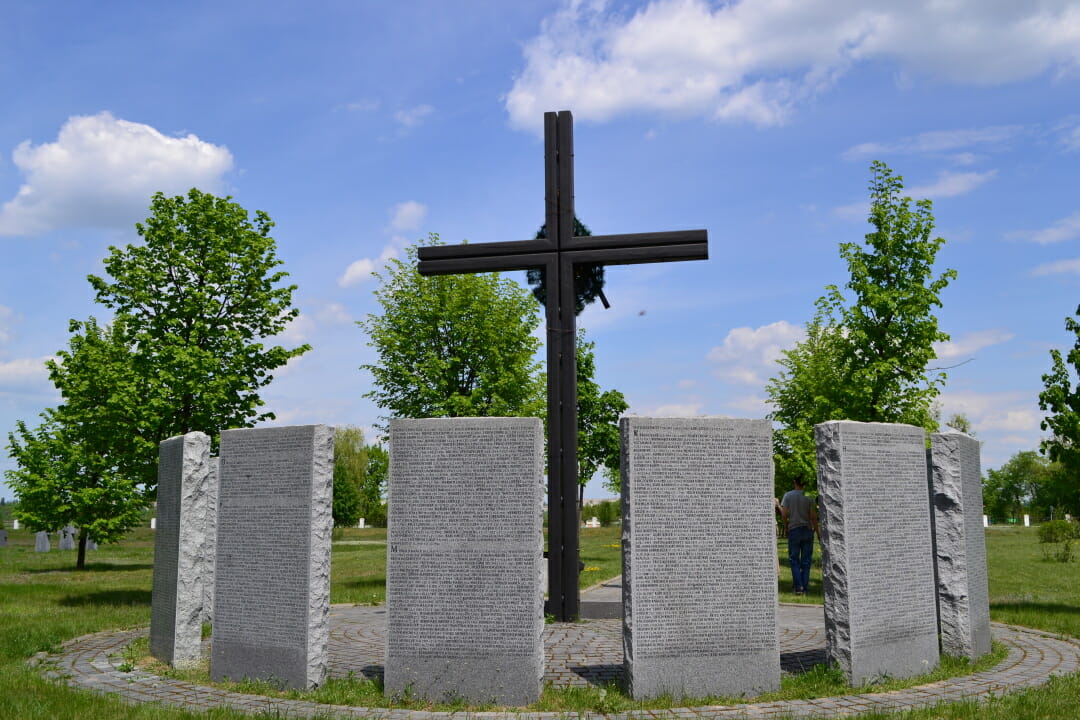
Land for Green Tourism
Agriculture has long been well developed in the region. Crop products are grown here. Also, there is an indoor vegetable growing enterprise. Beautiful wildlife and landscape – forests, rivers and ponds, architectural monuments, as well as proximity to the regional centre contribute to the development of ecotourism.
Besides, they extract sand on the territory of the community which is then used by Zhytomyr enterprises in making silicate bricks and glass products.
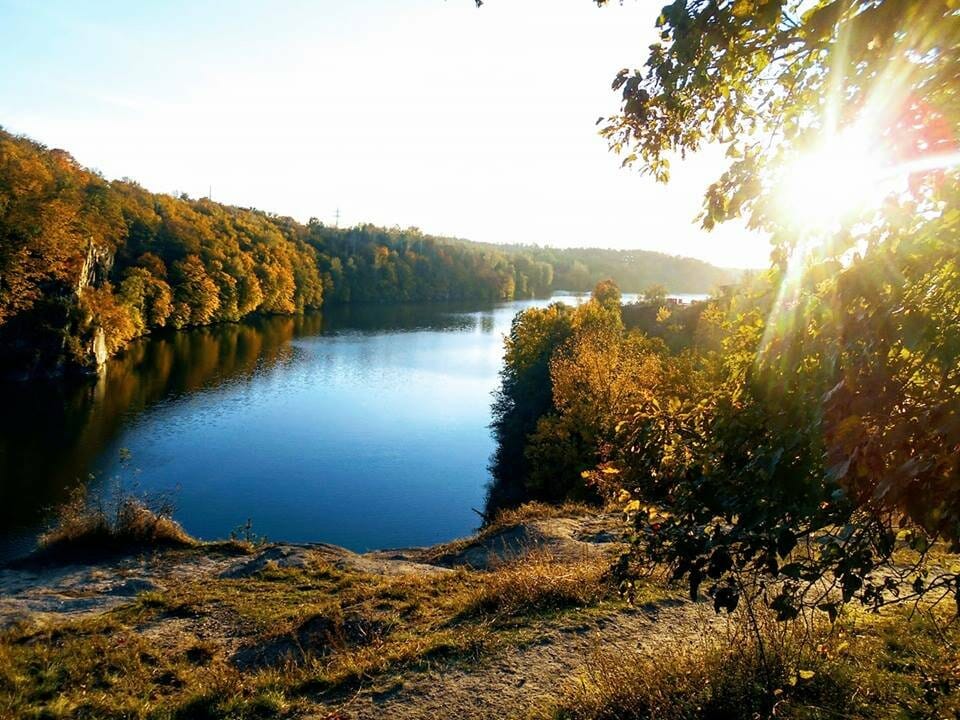
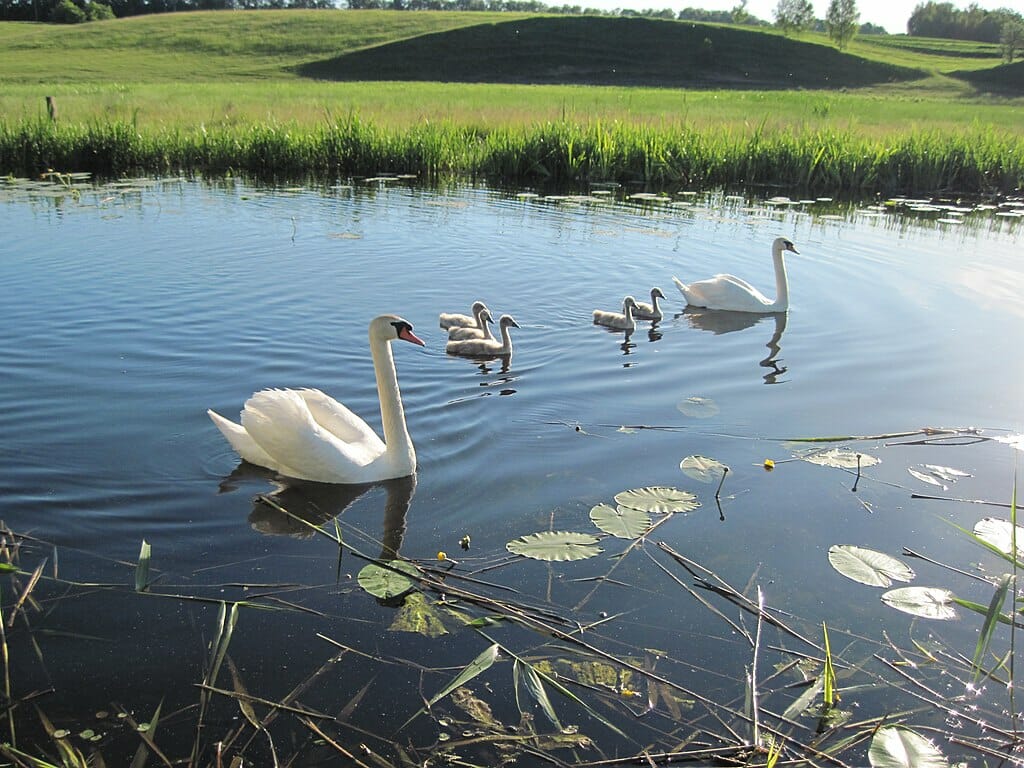
The Stanyshivka Community and the War
In the first days of the war, private houses of community residents were damaged and destroyed as a result of numerous enemy aerial bombardments. Fortunately, none of the community’s civilian population was killed.
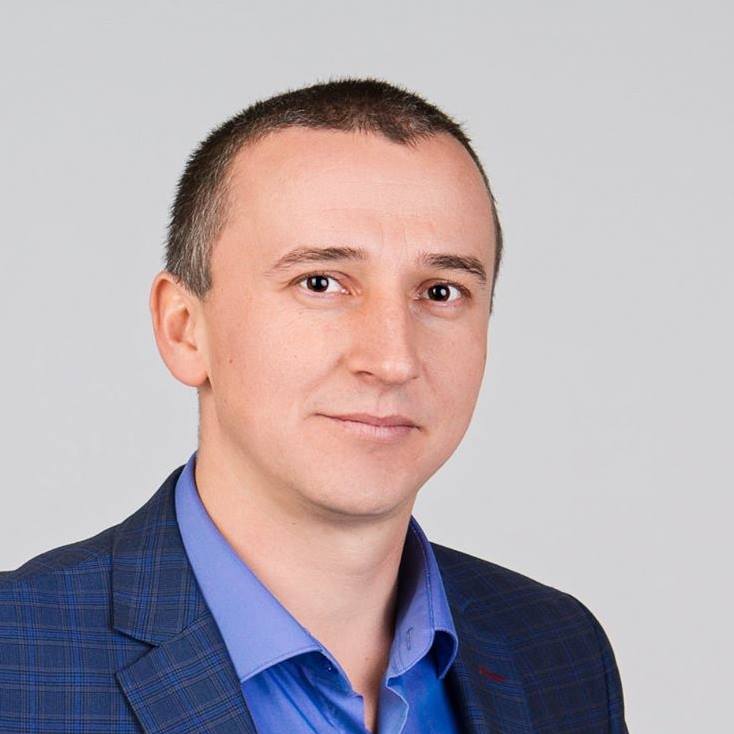
Headman of the village of Stanyshivka
Yuriy Matviychuk spent his whole life in his native village and studied at a local school. Later, after serving in the Armed Forces of Ukraine, he received a degree in law and returned to work in the village council in Stanyshivka. In 2010, local residents elected him as their headman for the first time and subsequently confirmed their choice twice.
Yuriy Matviychuk actively supports the development of sports in his community. He plays in Ukraine’s national football team among mayors. The local football club is one of the hallmarks of the community.
